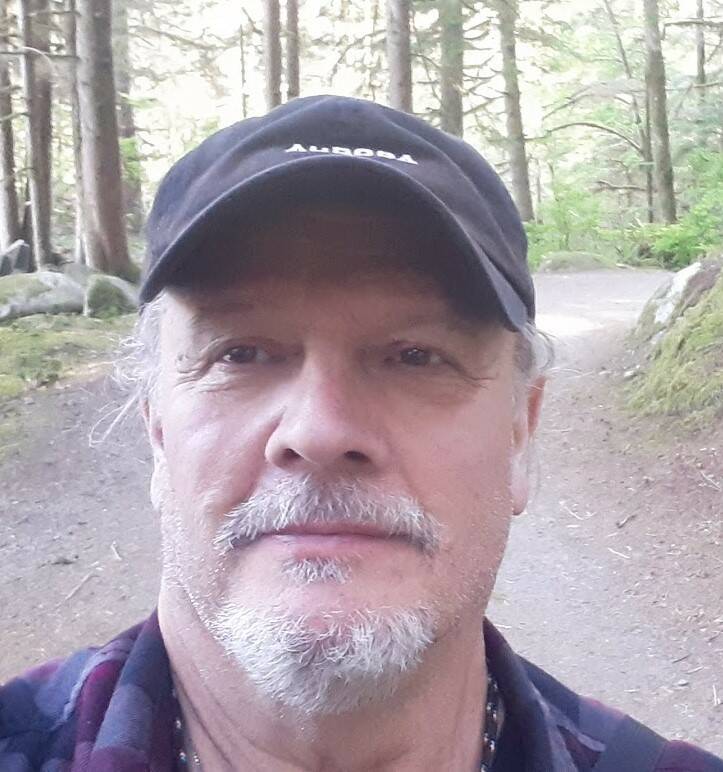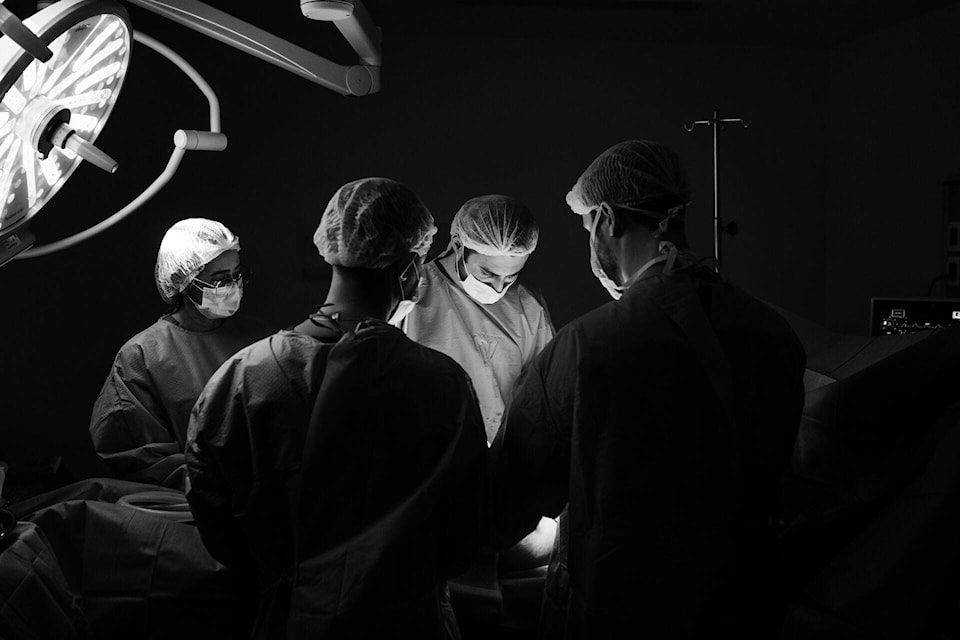It’s been an exciting summer. Maybe a little too exciting for many because of the fires.
Let’s focus on some good news. Over the summer, I distracted myself by diving into one of my favorite topics, “near-death experiences,” or NDEs.
People from many different cultures and from all walks of life have NDEs. Nowadays, we have the medical know-how and the technology to revive people. You’ve seen the movies. Someone is having a heart attack and the medical team brings out the “paddles” to shock their heart and bring them back from the brink of death. The experiencers, the NDEers, are those patients who report having a powerful, life-changing experience during the procedure when they should have been out cold.
The stories are amazing. They may use different words, but people who speak different languages who come from different cultures with very different backgrounds will tell essentially the same story. The similarities are obvious. How is that? Are NDEs a glimpse into the afterlife? After studying hundreds of cases and hearing many firsthand accounts, I have come to believe the NDE is exactly what it appears to be, a window into the “other side.” A glimpse into the afterlife.
The fear of death is one of the most basic fears people have. What’s surprising about NDEs is death is not what most people think it is. NDEers report the following: death is very peaceful, there is no fear, they are totally themselves, they keep their individuality, they have all their memories, their thinking is clearer than ever, they are surrounded by unconditional love, they are totally accepted, they are not judged (except perhaps by themselves).
Although they may start off alone, they soon encounter others who have passed on and they realize they have never really been alone all throughout their lives. We are always “connected.” (There is one exception to these positive experiences but I will talk about that later.)
After an NDE, 99 per cent of those who experience it will say they have lost all fear of death. Keeping in mind the one exception, many say they look forward to the day of their actual death. NDEers will say their experience was definitely not a hallucination. Rather, they report their NDE was “realer then real.” Even many years later, they remember every detail like it was yesterday. They also say that their NDE was like waking up from a dream. Our everyday reality is the dream. The reality on the other side is the true state of our being. They will also report the NDE was like “coming home.” The other side is where we started out on the journey of life. It’s where we came from and it’s where we will return when this life ends. Life is a great circle.
Guidance of ancestors
Another common report is we are all “connected.” We are connected to everyone and everything. That’s hard to grasp. They say the fact is we can never truly be alone. Being alone is an illusion. When we die, we will realize we have always been connected to all our loved ones, to our families that have passed, and to our ancestors. Our relatives are often waiting for us to cross over. All along they have been supporting us and guiding us through life. I have heard this many times during counselling sessions and in talking circles.
Does this explain why many cultures from around the world honour their ancestors? Many First Nations, Metis and Inuit people talk about the help they get from the grandfathers and grandmothers, meaning their ancestors that are on the other side of the veil.
According to the NDE reports, our deceased loved ones are extremely happy to see us. They will welcome us back to our true home. They are like the “welcoming committee,” guiding us into our new existence. It has also been reported the love on the other side is so wonderful it’s hard to put into words. It is a love that is “totally unconditional.” It is a love beyond description. It is a love that fills the universe and is the foundation of all reality.
One NDEer said, “It’s like taking all love of all your loved ones, including the love you feel for your own children and grandchildren, and then multiplying that 10,000 times. Even then that’s only a tiny glimpse of the love on the other side. It’s total acceptance, total love, total reality, total connection.”
Wow! That sounds pretty good to me.
I often wonder if this was the original message of Christianity and many other religions as well. Is Christianity still good news today? For some, yes! For others… not so much. What happened? Did the original message of the “man from Galilee” get twisted around somehow? Many people have asked this question.
I grew up Catholic. I went to Catholic schools. My mother took me and my brother to church every Sunday. Dad stayed home and made a big Sunday brunch for us. Those are fond memories. But I have other memories. Something that bothered me growing up Catholic was all the talk about punishment and people going to hell. I was scared of God. I feared going to hell. And even if I made it to heaven, I was sure my father was going to hell because he did not go to church. That’s what I was taught. If you don’t obey the rules you were doomed. And there were many, many rules. This was not good news! For me, it was very bad news.
Eventually I rejected the church’s teachings. I still believed Jesus was a wise teacher and a compassionate person. As far as I could see, all the punishment and hellfire stuff was malarkey. I could feel a spiritual vacuum inside me. I felt empty. Like most teenagers, I wanted to know what life was about. Was life simply about going to school, getting a job, having a family, retiring and then dying? What’s the point?
‘It blew my socks off!’
In 1977 I was living in South America on the Caribbean coast. I discovered a book called, “Life After Life.” Although not a medical book, it was written by a doctor. His name was Raymond Moody MD. It blew my socks off! Moody was a young doctor who was open enough to listen to his patients after they had been resuscitated. They came back from the brink of death after a heart attack, or an accident or some other emergency. He noticed the stories were all very similar.
Moody listened respectfully to what his patients had to say. He did not judge them or send them to a psychiatrist. He collected over 100 reports and then wrote his book. It was a best seller. He called these experiences NDEs, “near-death experiences.” Soon, more doctors, psychologists, social workers and other professionals began to study NDEs. In Moody’s book there were no reports of an angry God sending people to hell. However, the NDEers said they would never think of suicide. They thought suicide would not going to have a positive outcome. We can discuss what that means in a later article.
Are these positive NDEs simply wishful thinking? Are they the result of a dying brain, or caused by a lack of oxygen? Are these experiences real? And what does this have to do with recovery from drugs and alcohol? I hope you will join me as we explore these and other questions in my upcoming articles. Stay safe and be well! Mahsi cho! Quyanainni! Meegwetch!
-Darrell Taylor is a mental and spiritual health consultant. This article is for information only and not meant for diagnoses or treatment purposes.

